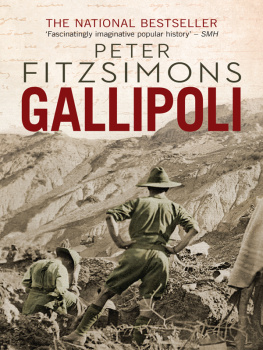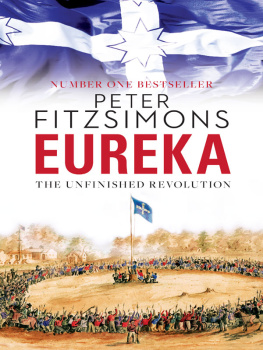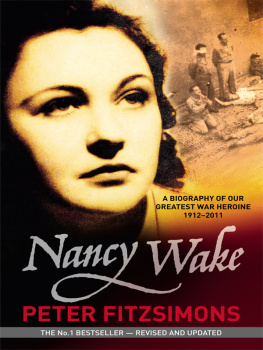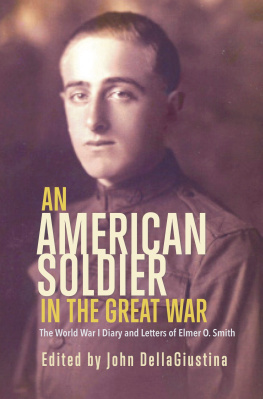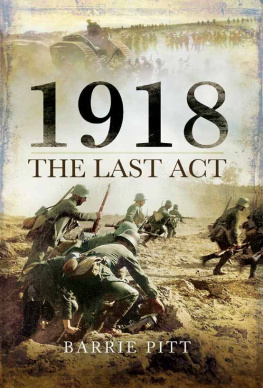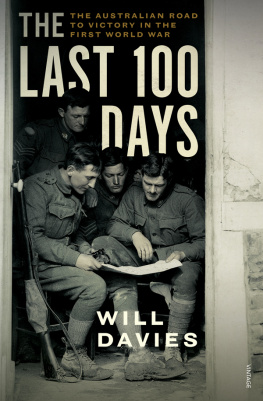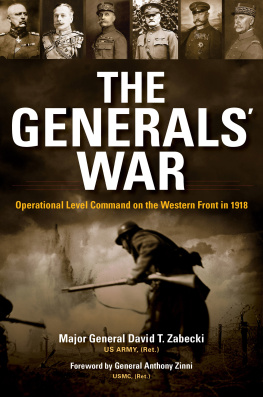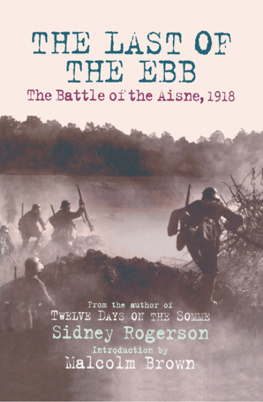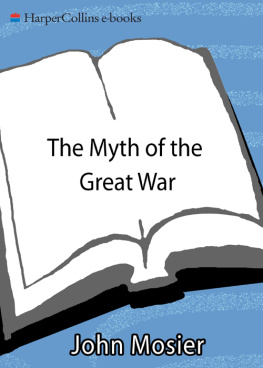
About the Book
Its early 1918, and after four brutal years the fate of the Great War hangs in the balance.
On one hand, the fact that Vladimir Lenin and the Bolsheviks have seized power in Russia immediately suing for peace with Germany means that no fewer than one million of the Kaisers soldiers can now be transferred to the Western Front. On the other hand, now that America has entered the war, two million soldiers are crossing the Atlantic to tip the scales to the Allies.
The Germans, realising that their only hope is striking first, do exactly that. On the morning of 21 March 1918, the Kaiserschlacht (the Kaisers battle) is launched the biggest set-piece battle the world has ever seen.
Across a 45-mile front, no fewer than two million German soldiers hurl themselves at the Allied lines, with the specific intention of splitting the British and French forces and driving all the way through to the town of Villers-Bretonneux, where their artillery can rain down shells on the key train hub of Amiens, thus throttling the Allied supply lines.
For nigh on two weeks, the plan works brilliantly. The Germans are able to advance without check as exhausted British troops flee before them, together with tens of thousands of French refugees. In desperation, the British commander, General Douglas Haig, calls upon the Australian soldiers to stop the German onslaught and save Villers-Bretonneux. If the Australians can hold the line, the very gate to Amiens, then the Germans will not win the war.
Arriving at Villers-Bretonneux just in time, the Australians are indeed able to hold off the Germans, launching a vicious counter-attack that hurls the enemy back for the first time. And then, on Anzac Day 1918, when the town falls to the British defenders, it is again the Australians who are called on to save the day, the town, the battle the entire war.


CONTENTS
To Sapper William Charles Wilkinson the great-grandfather of my children a gentle and good man, who served bravely with the 58th Battalion of the 15th Brigade in the second of the battles at Villers-Bretonneux, buried many of his mates there, and like so many of the survivors, returned to Australia to rarely speak of it again. A century on, this is their story
We knew you would fight a real fight, but we did not know that from the very beginning you would astonish the Continent with your valour. I have come here for the simple purpose of seeing the Australians and telling them this. I shall go back tomorrow and say to my countrymen: I have seen the Australians; I have looked into their eyes. I know that they, men who have fought great battles in the cause of freedom, will fight alongside us, till the freedom for which we are all fighting is guaranteed for us and our children.
French Prime Minister Georges Clmenceau, to the Australian soldiers, 1918
Past wars should be studied as flesh and blood affairs, not as a matter of diagrams, formulae and concepts but of men. Hence perhaps an element of over-emphasis on personalities in this book and in particular on the personal ascendancy of the Australian soldier on the battlefield which made him the best infantryman of the war and perhaps of all time.
British General Hubert Essame CBE, DSO, MC, who fought with the Australians at Villers-Bretonneux
Our only disappointment is that Fritz has made such rapid advances, but it must please you to know that wherever he has met the Australians he has come, what the boys call a Gutzer & has never advanced an inch If only the Tommies would stand & fight like our grand boys the state of things would be very different At least I can say that I am proud to be an Australian & if history is ever truly written you will find they have done wonderful works which the English papers cannot for their own sakes mention.
Lieutenant Frank Reinhard Fischer, 6th Battalion, writing to his brother and sister in Adelaide
A Yankee who could speak German asked a German prisoner did he think they were winning the war, he replied: Yes, God is with us. The Yankee replied: Thats nothing, the Australians are with us.
Diary of Sydney B. Young of Campsie, after 1000 American soldiers joined 7000 Australians to capture Hamel in 93 minutes on 4 July 1918
LIST OF MAPS
NOTE ON THE TEXT
For the sake of simplicity, Lieutenant-Generals and Major-Generals are referred to simply as Generals. Brigadier-Generals are referred to as Brigadiers. Similarly, Lieutenant-Colonels and Colonels are both described as Colonels. I also advise that left and right flank is always viewed from the position of a person within the unit under discussion and facing the enemy. German translations have been lightly edited to make their meaning clearer in English.
While British, Australian and German formations are all different, and with very broad brushstrokes, here is the rough size of the units that made up their forces in the Great War.
One Army group (Germans only) = three or more armies = up to 1,200,000 men
One Army = three to five Army Corps = up to 500,000 men
One Army Corps = three or four Divisions, plus Corps troops= 70,000100,000 men
One Division = three Brigades and artillery = 16,000 men
One Brigade or Regiment = three or four Battalions, plus machine guns and mortars = 3,0004,000 men
One Battalion = four Companies, plus Battalion headquarters= 900 men
One Company = four Platoons = 200 men
BACKGROUND AND ACKNOWLEDGEMENTS
Herewith, the third book of my trilogy on the experience of Australian soldiers in the Great War. It has and I mean this sincerely been an honour, a privilege and a fascinating exercise to track their experience through all of Gallipoli, Fromelles and Pozires, and now their greatest triumph of all, the Battles of Villers-Bretonneux.
Like most Australians, my understanding of what happened at Villers-Bretonneux was somewhere between foggy and non-existent, up until a couple of decades ago. When writing the biography of John Eales, I cherished the story of the World Cup-winning Wallaby coach Rod Macqueen taking the Wallabies to the town and then reading to them in the last minute before they left the dressing room to go into the cauldron of Millennium Stadium, Cardiff, for the World Cup Final the words of Lieutenant Frank Bethune to his men, in one of the battles that preceded the main event, as the Germans were about to fall upon them.
This position will be held, Macqueen quoted Bethune, and the section will remain here until relieved. The enemy cannot be allowed to interfere with this programme. If the section cannot remain here alive, it will remain here dead, but in any case it will remain here. Should any man, through shell shock or other cause, attempt to surrender he will remain here dead. Should all guns be blown out, the section will use Mills grenades, and other novelties. Finally, the position, as stated, will be held.
A dropped pin on that dressing room floor would have sounded like a clattering cymbal.
And guys, Macqueen finished, they held their position.
RAH!
A couple of years later, while writing my book Kokoda, the Australian historian Neil McDonald who had become a great friend showed me a passage from Charles Beans Official History , which thrilled me. The scene was set with the British line defending Villers-Bretonneux having been broken, the Germans were flooding west and the Australian soldiers of the 3rd Division had been sent east to plug the gap. Coming back the other way down the road were many British soldiers, shouting such warnings to the Australians as, You cant hold them!



